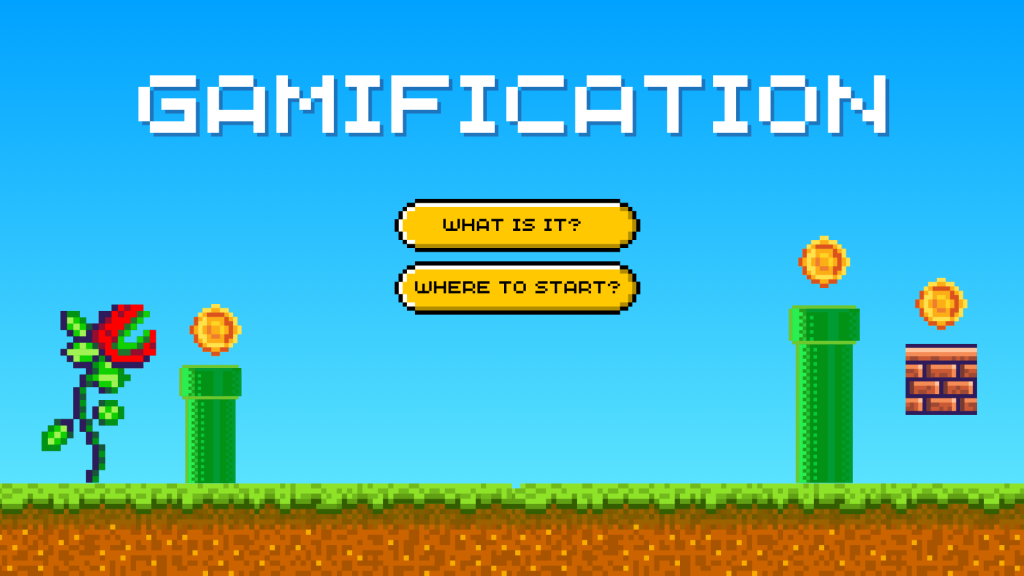
In recent years, gamification has become a buzzword in many industries, promising to revolutionize the way we learn and engage with information. But what exactly is gamification, and why has it become so popular?
To answer these questions, we turn to the insights of two experts: Peter Zetterberg – founder of Wanderword with an extensive background in video game companies like Xbox, and Thomas Lindgren – CEO and co-founder of Wanderword who has worked in the games industry for 25 years, in leading companies such as Stardoll, Fatshark, and Starbreeze.
Together, they shed light on gamification, its effectiveness, and how Wanderword’s tool, Fabella Creator, is making it accessible to everyone.
What is Gamification?
According to Lindgren, “It’s about making tasks more engaging and enjoyable,” he explains. “People like getting rewarded, being challenged, and engaging with interactive content. Gamification leverages these desires to enhance learning and customer engagement.”
At its core, gamification involves adding game-like elements to non-game contexts to make them more engaging and enjoyable. This includes using points, competition, storytelling, and challenges to incentivize users.
Zetterberg explains that gamification essentially involves two key layers: motivating users with points or competition in a playful way, and storytelling. “I see gamification as semi-competitive learning,” he says. ” It’s about competing against yourself or others, reducing the sense of failure, and wrapping training or topics into engaging narratives.”
The Rise of Gamification
Discussing the rise in popularity of gamification, Zetterberg credits games like Minecraft for breaking old perceptions.
“Minecraft showed that gaming didn’t have to be destructive; it could be creative and about community and self-expression,” he notes. “It’s become natural for training and learning, even for adults, to use incentives that are bigger than just meeting a score.”
Today, the principles of gamification are applied in various fields, from tourism to corporate training, because they engage users and make learning more interactive and enjoyable.
Lindgren notes that the growing number of gamers—around 3 billion globally—has influenced how people view interactive game-like experiences. “When your boss plays games, it becomes more acceptable to incorporate game design elements into business and education,” he says. “People are more willing to engage with content that rewards them and challenges them in a fun way.”
Can Anyone Create Gamification Apps?
Gamification can become as complex as you make it. Some people use game engines, programming teams, and months worth of resources to develop a simple interactive solution.
This is where Fabella Creator comes in. You can develop interactive training modules without any coding knowledge, and without a team of video game developers.
Whether you’re optimizing training programs or boosting customer engagement, Fabella Creator makes gamification accessible to everyone. You can implement those gamification techniques with ease.
You can have employees create profiles and let them see where they lie on a leaderboard, encouraging some playful competition among the team. They can receive an email that details their accomplishments and rewards, whether that be a virtual gold star or a voucher to enjoy. Get analytics and information with each level that the player completes, ensuring that the method is effective at every stage of the training process.
The ease of creating with Fabella Creator means that anyone can leverage the enticing joys of games – reward people, challenge them, and hold their attention with Fabella Creator.

